Short Book Reviews
Hanna Kryszewska is a teacher, teacher trainer, trainer of trainers. She is a senior lecturer at the University of Gdańsk, Poland. She is co-author of resource books: Learner Based Teaching, OUP, Towards Teaching, Heinemann, The Standby Book, CUP, Language Activities for Teenagers, CUP, The Company Words Keep, DELTA Publishing, and a course book series for secondary schools: ForMat, Macmillan. She is also co-author of a video based teacher training course: Observing English Lessons. Hania is a Pilgrims trainer and editor of HLT Magazine. E-mail: hania.kryszewska@pilgrims.co.uk
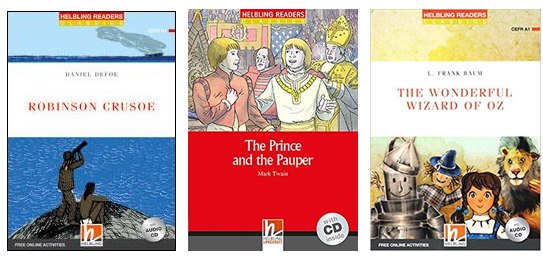
Helbling Readers Classics. Books with Audio CD and Online Access Code Helbling Languages (2008-2016). The titles include:
A2 A Christmas Carol. Charles Dickens. ISBN- 978-3-99045-869-3, pp 92,
A1 Alice’s Adventures in Wonderland. Lewis Carol. ISBN – 978-3-99045-862-4, pp 96,
A1 The Wonderful Wizard of Oz. L. Frank. Baum. ISBN –978-3-99045-716-0, pp.100,
A1 The Prince and the Pauper. Mark Twain. ISBN – 978-3-99045-871-6, pp 84,
A1/A2 Robinson Crusoe. Daniel Defoe. ISBN – 978-3-99045-892-1, pp 84,
Books in this series of graded reading materials come at five levels – 3 KET levels (colour coded in red) and at two PET levels (colour coded in blue). This selection of five titles is aimed at teenagers. The books are adaptations of well-loved classics popular among native kids, so obviously the stories are interesting and a good read. First the learners become familiar with the author, the story behind the book, and then the characters. Next they do some vocabulary activities which introduce key lexis in the book. Then as they read the story they can see the new words marked with a dot (and explained at the bottom of the page). They can also listen to the whole story and do some activities available on an accompanying audio CD. As they read the story they can do some short while reading mini tasks which usually involve answering some content related questions or require interpretation. Finally, after the readers have finished the reading of the story, they can do some post-reading activities referring to the content, the learning experience, elements of grammar and lexis present in the book. The readers are pleasant to the eye thanks to good illustrations and careful page design, and each book is illustrated in its own individual style so it has a feeling of uniqueness about it. The series of graded readers is well-established and popular among language learners as additional reading and CLIL material. More free online activities are available from www.helbling-ezone.com
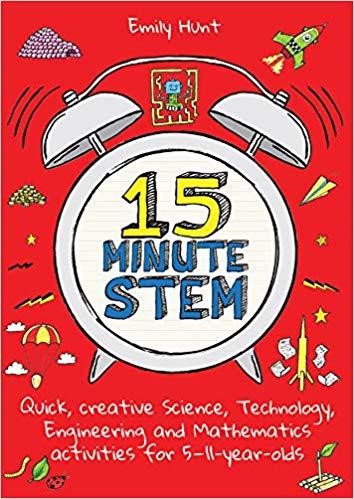
15 Minute STEM. E. Hunt. Crown House (2018.) ISBN 978-178583335-9, pp.59. To start with we need to clarify for those less familiar with the term, what STEM stands for. ‘STEM is a curriculum based on the idea of educating students in four specific disciplines - science, technology, engineering and mathematics - in an interdisciplinary and applied approach’. STEM is vital in modern education as it offers a holistic approach to various topics. The blurb says: Quick, creative Science, Technology, Engineering and Mathematics activities for 5-11-year-olds and this is exactly what the book is about. The author shows that in order to implement STEM neither the teacher nor the parents need to be experts in the field. The book offers 40 practical activities which will no doubt engage and inspire the young learner. There is a one page praise of the approach and activities coming from teachers, parents and educators which are the best proof the activities work. The topics include among others: Air Powered Car, Egg Parachutes, Magic Milk, Special Snowflakes, and Racing Hearts. The procedure is always easy to follow and the ideas could not only be used in class but also by parents and grandparents during fun-filled and educational afternoons. Also the activities can be easily adapted and modified, and they develop not only cognition but also soft skills. Highly recommended.
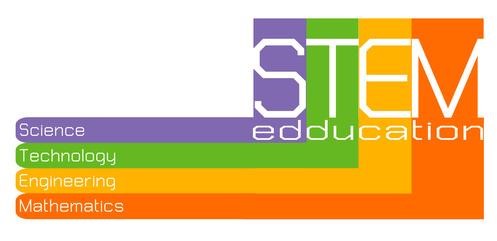
For more go to https://www.bobology.com/public/What-is-STEM-Education.cfm
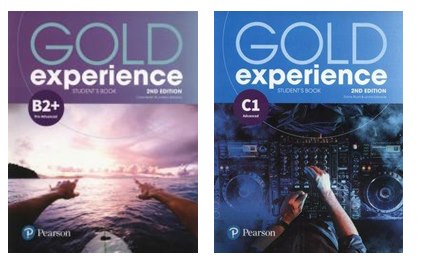
Gold experience. B2+ Student’s Book. 2nd edition. C. Walsh and L. Warwick. Pearson (2018.) ISBN 978-1-292-19492-9, pp.192. Gold experience. C1 Student’s Book. 2nd edition. E. Boyd and L. Edwards. Pearson (2018.) ISBN 978-1-292-19505-6, pp.184. The Gold experience series teaches English across eight levels: A1, A2, A2+, B1, B1+, B2, B2+ and C1.All levels are strongly correlated with the Cambridge English Qualifications exams. The two course books are aimed at the advanced level and help the learners to improve their English and to prepare for high level C1 Advanced exams and for using English outside the class. The topics are predictable, for example, emotions, travelling, and citizenship, however, the texts that the authors have chosen are fresh and will be of interest to teenage learners. Each unit is predictably devoted to work on the four language skills, grammar, vocabulary and use of English (the same format as in the Advanced exams), but the regular features that stand out are brainstorming sections for pooling language resources the learners bring into class, activities in which the learners express their real views and concerns, ‘vox-pops’ which focus on real spoken English which the learners may encounter outside the class, sections devoted to the learners’ own reflections helping them to become more autonomous learners, and many other. Other components of the course include a workbook, on-line practice, a teacher’s book with notes, and teacher’s on-line resource materials including classroom ideas, photocopiable worksheets, extra grammar practice, tests, etc. The course books are pleasing to the eye with toned down layout and overall good photography.
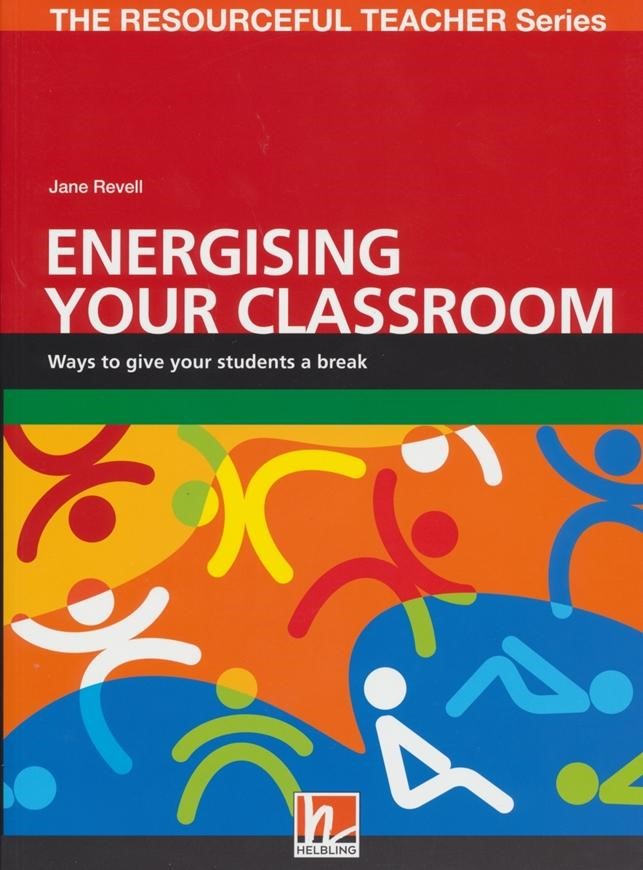
Energising Your Classroom. J. Revell. Helbling Languages (2018). ISBN 978-3-99045-770-2, pp. 156. The book was published in The Resourceful Teacher series which established its reputation as a series which combines classroom routines with innovative and creative techniques. It addresses various issues and presents how new developments in linguistics, pedagogy and cognitive psychology can be practically implemented to enrich and deepen classroom practice. The author of this book is a teacher, a trainer and coach, and a well known co-author of books like ‘In Your Hands’ and ‘Handing Over’. This resource book is a collection of practical ideas which aim at energising the body and mind of the learners. The role of energising or calming down activities cannot be underestimated in the language classroom. They help to build good rapport and to create a positive learning environment, ‘to recharge batteries or to refresh the learner’s way of thinking’. The book contains around seventy activities which are divided into five chapters. The first three contain Energisers (Think on your feet, Speak out, and Quick physical fixes), Brain boosters (Do something different, and Look closely), and Breathers (Pause and recharge your batteries, and Simple mediations and visualisations). The other two chapters have a slightly different focus: The importance of objectives and Ten tactics for tired teachers. Clearly the book contains activities which mostly the learners will benefit from, and then some activities from which the teacher will benefit. In this way the book can be used in class, or on teacher development and mentoring courses. The activities will travel well and are not limited to a language class only.
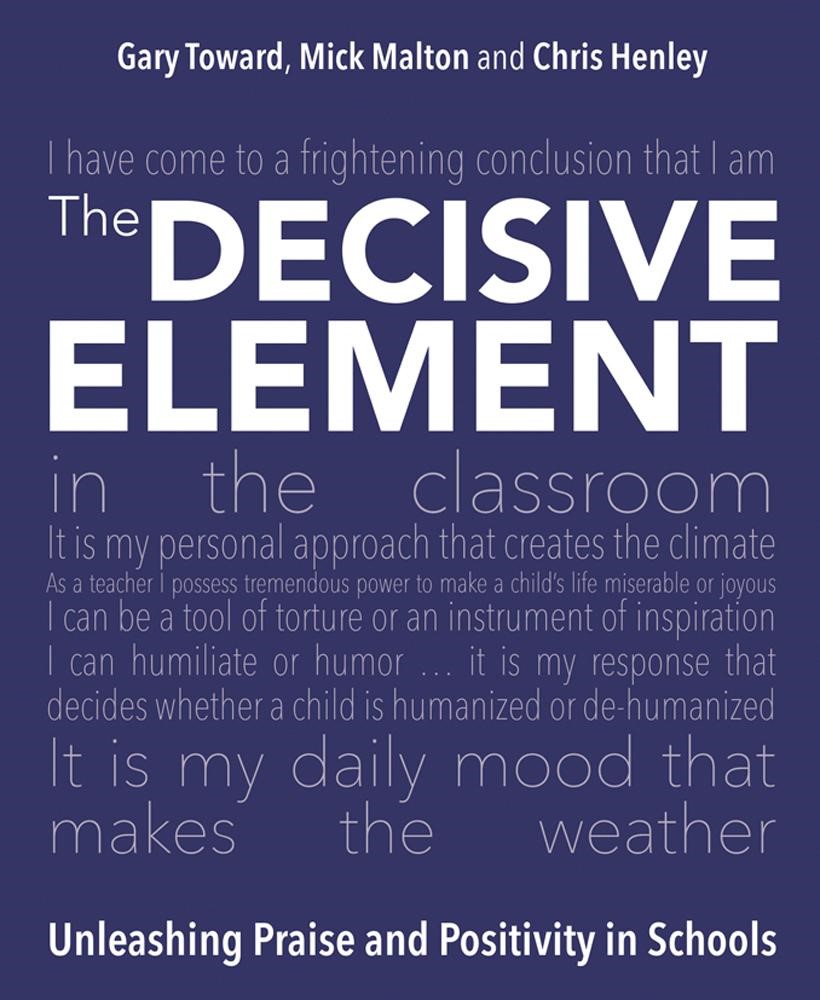
The Decisive Element. Unleashing Praise and Positivity in Schools. G. Toward, M. Malton and C. Henley. Crown House Publishing. (2018). ISBN: 978-178583312-0, pp 147. The text on the cover says it all: ‘I have come to a frightening conclusion that I am the decisive element in the classroom. It is my personal approach that creates the climate. As a teacher I possess tremendous power to make a child’s life miserable or joyous. I can be a tool of torture or an instrument of inspiration. I can humiliate or humour… it is my response that decides whether a child is humanized or de-humanized. It is my daily mood that makes the weather’. The book is a great counterbalance to what many consider most important in education: data, test results, league tables or the national curriculum, as it looks at the human factor and the role of praise. The authors present what they call praise-focused techniques to enthuse the learners, help them overcome stress, boost self-esteem and motivation. In fact the techniques can apply to the teachers themselves as well. However, do not expect procedure like description of activities stating step by step what to do. Usually there are some theoretical considerations relating to a given issue, a practical example, story or anecdote illustrating the point, and some tips. Occasionally there are some challenges the authors give the reader. This is the kind of book that raises awareness, helps the reader develop a more positive attitude through reflection. In other words the reader will need to adapt the authors’ ideas to their own classroom practice and their own approach. A great book for self-study, self-reflection and continuous professional development. In fact many of these ideas are applicable beyond the classroom, just basically raising children, family life and relationships in general.
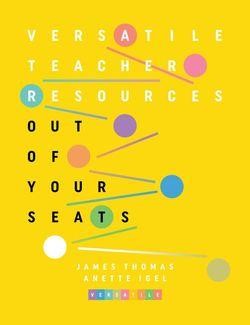
Versatile Teaching Resources J. Thomas and A. Igel. Versatile. (2018). ISBN: 978-80-907060-2-6, pp 159. The title of the book sums up very well what the aim of the book is – to get the learners out of their seats and to make them move, interact and be creative. The book has been written by EFL teachers and trainers, but it can be adapted to other subjects and teaching contexts, and it is useful to teachers of primary, secondary and adult learners, but you need to know your audience and choose well or introduce the activities gradually. The activities go far beyond ordinary or rather basic Total Physical Response (TPR), and spring from the training which one of the authors received namely that there is no good lesson without physical movement. The introduction contains some useful sections on the reluctant teacher and the reluctant student, but the one on language teaching and learning, language systems and the four skills seem a bit unnecessary. However, the reference to Susan Hillyard's SPICE model (Social, Physical, Intellectual, Creative and Emotional development is very relevant. They also quote after Hillyard the nine learners’ needs as the framework for their thinking: confidence building and self-esteem, self-control, self-expression, communication, multi-sensory education, the ‘here and now’, the mask, metaphor and symbol, and fear of exposure and contact. The book contains 20 activities or lessons (the timings range from 5/10 minutes to 30/45minutes. The procedure is very clear, and the authors propose not just the activities but some adaptations and variations on the activities as well. The activities are great fun like Dance me your sentence, My how have you changed or The Spelling Run. The book also contains photcopiable resources to accompany the activities, links to recommended websites accessible via a QR code, and many other features.
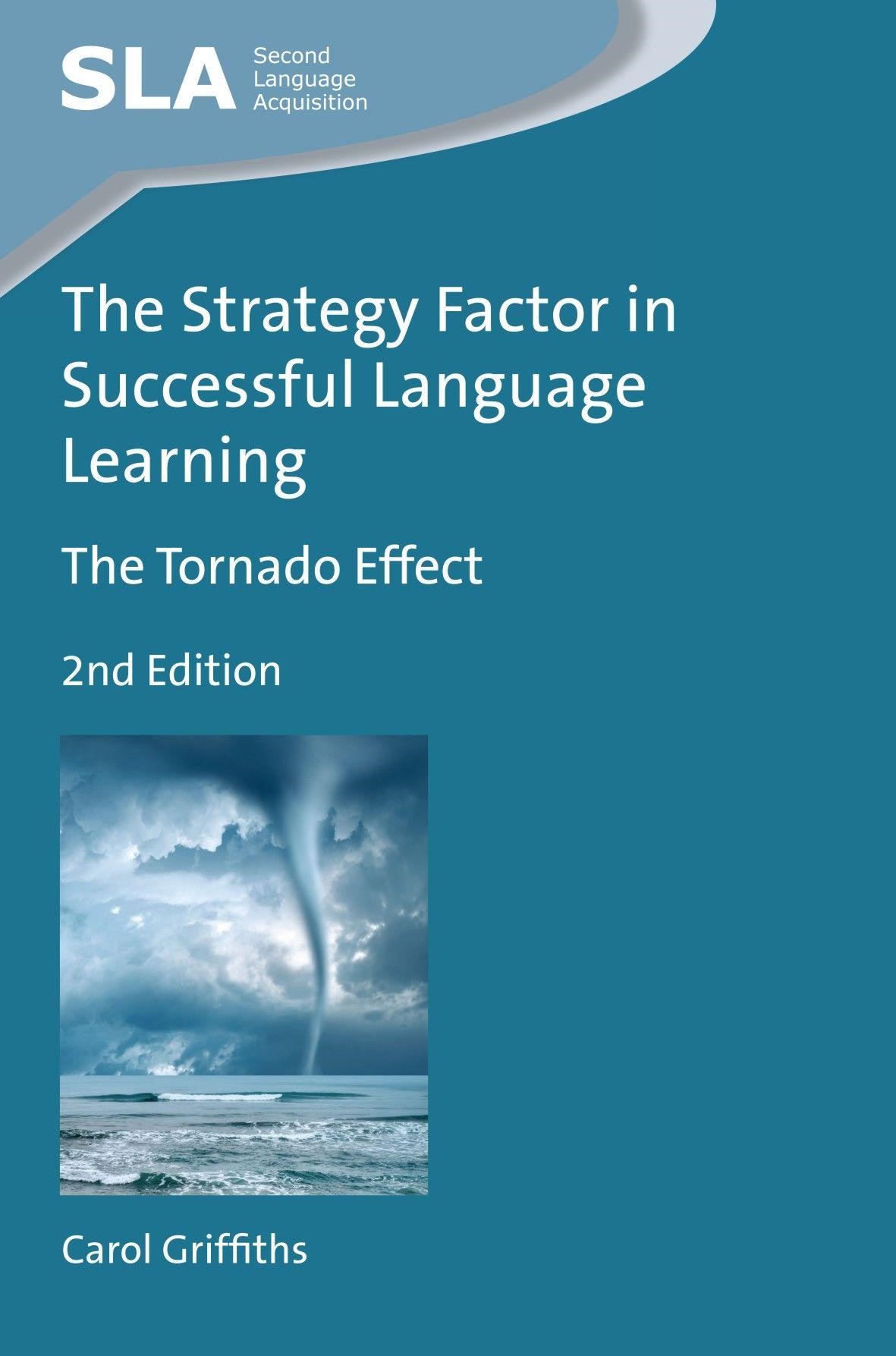
The Strategy Factor in Successful Language Learning. The Tornado Effect. 2nd edition. C. Griffiths (2018) Multilingual Matters. ISBN 978-1-78309973-3, pp 262. The book appeared in the well-established Second language Acquisition series edited by David Singleton and Simone. E. Pfenninger. The aim of the series is to explore various aspects of language acquisition and how a foreign language is learned, not just a second language. The book that is the subject of this review looks at the relationship between language learning and the situational or individual contexts in which it takes place. The book first presents among others some theoretical background, key terms, classification and various issues in research. The section on the quantitative perspective looks at, for example, the frequency with which a given strategy is applied, preferences of a given strategy or strategies over other ones, the changes strategies undergo over time, or how targets influence the choice of strategy. The chapter on qualitative perspective includes individual choices. The chapter that will be of great interest to HLT readers looks at the pedagogical implications like teachability of strategies, teacher’s perspective, learner variables, target variables and how these and many other issues are reflected in teacher training. The book ends with conclusions in the directions in which further research on the subject should be conducted. I am unable to judge how the second edition I am looking at differs from the first edition, but the author states that it has been revised to include the current knowledge on the subject, recent research results and a general update. The book will be of interest to very experienced language teachers, teacher trainers, final year undergraduates, post-graduate students, researchers, policy-makers and educators interested in the field.
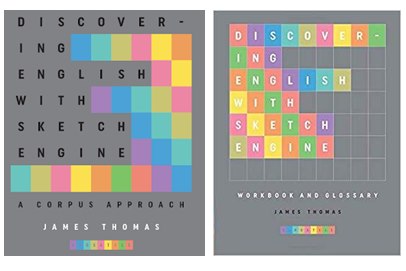
Discovering English with Sketch Engine. A Corpus-based Approach to Language Exploration. Second edition. J. Thomas. (2017). ISBN: 978-80-260-8360-3, pp 229.
Discovering English with Sketch Engine. Workbook and Glossary. J. Thomas. (2016). ISBN: 978-80-260-9579-8, pp 136. In order to understand the book it is vital to understand what a sketch engine is. According to the official website https://www.sketchengine.eu/#blue
the Sketch Engine is the ultimate tool to explore how language works. Its algorithms analyze authentic texts of billions of words (text corpora) to identify instantly what is typical in language and what is rare, unusual or emerging usage. It is also designed for text analysis or text mining applications. Sketch Engine is used by linguists, lexicographers, translators, students and teachers. It is a first choice solution for publishers, universities, translation agencies and national language institutes throughout the world. Sketch Engine contains 500 ready-to-use corpora in 90+ languages, each having a size of up to 30 billion words to provide a truly representative sample of language. In other words, thanks to a sketch engine we can access language information in a more refined than bare corpus data like the British National Corpus. By means of a sketch engine learners can discover for themselves various features of English, relating to both grammar and lexical patterns. The data comes from native speakers so learners have access to authentic data. The book is a user’s guide to how to make the most of this unique tool, how to ask questions about language and how to find the answers. The book introduces the readers to various aspects of the sketch engine like view options, contents of the menu, role of context, detailed queries, word sketches, words lists and many other. The workbook contains around 350 questions or tasks such as open questions, multiple choice questions and questions for group discussions, an answer key, and a glossary of terms vital to move freely around the sketch engine and discuss the findings. Highly recommended!
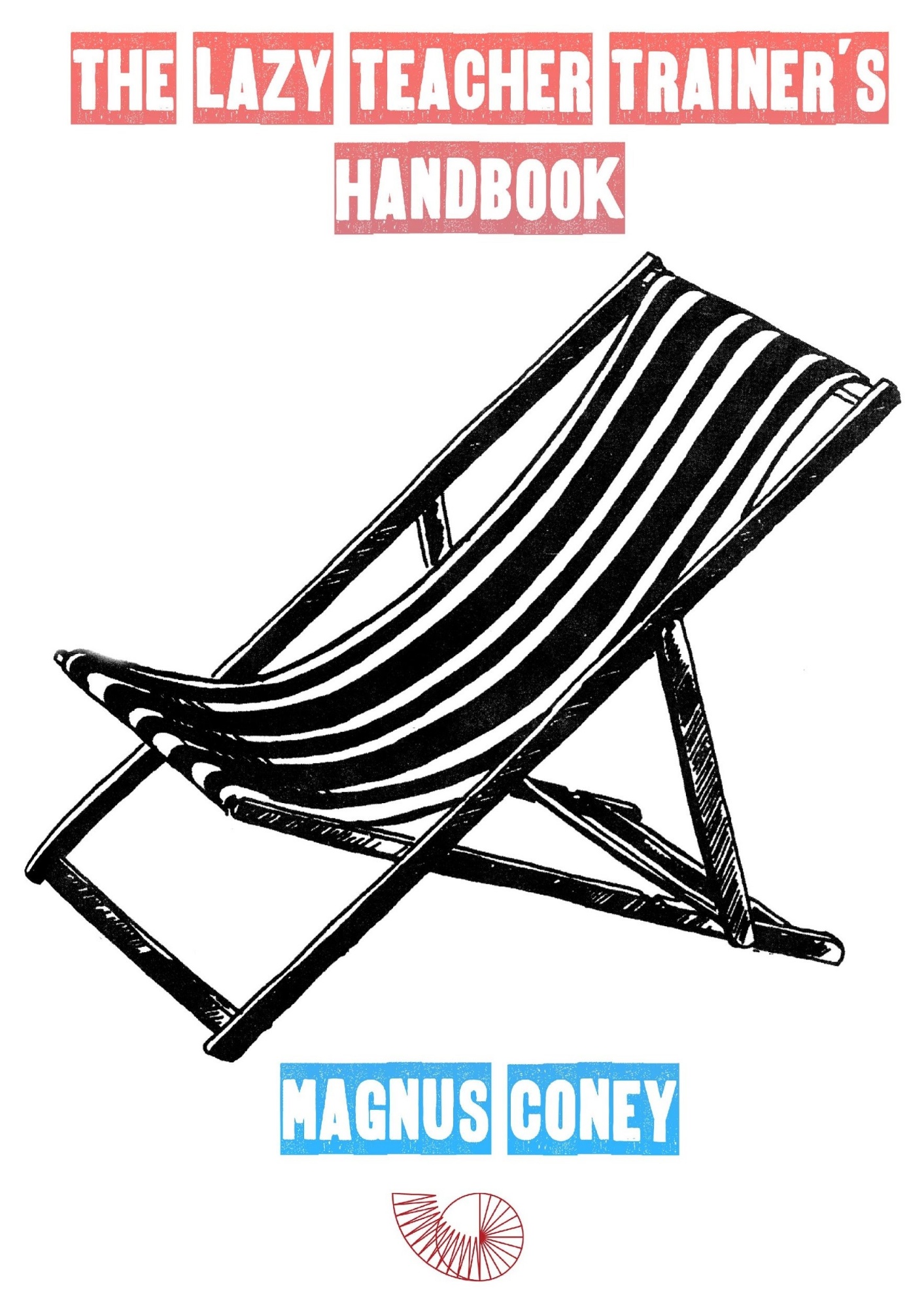
The Lazy Teacher Trainer's Handbook. Magnus Coney. Published by the Round at Smashwords. pp.135
It may seem that the aim of the book is to help busy teachers or trainers who have to prepare a training session but do not like or do not believe in detailed preparations for a session; sometimes they simply don’t have the time. The words ‘lazy’ is obviously used as a joke and the author does not imply that trainers are lazy. In fact the main idea of the book is how to make the most of the time, come up with a clever idea, not overprepare and hand over the control over the training and development process as well as the input to those who take part in the training session. Basically the trainer or another animator of the session provides the framework or vessel to be filled. This relates to the content of the given session, needs analysis for next sessions and future development. The ideas are ideal for CPD (Continuous Professional development). The book is divided into five chapters: 1. Sharing and collaboration 2. Feedback and reflection 3. Lessons and planning 4. Materials and resources 5. Planning and reflecting on CPD. For example in Chapter 1 you will find for example the following activities: The wisdom of crowds in which participants share questions they have about aspects of teaching and gather a variety of responses. Learning to drive and driving in which participants consider the practices that they gradually stop doing as they become more experienced The ultimate 121 student on how to focus on the individual, or Language titbits focuses on teacher language awareness rather than methodology. For each activity there is a section on preparation and target audience, step-by-step instructions sometimes with some variations. This is a very good dip in book; the trainer can select activities, adapt them or get inspired to develop their own as the need arises. Like all The Round publications The Lazy Teacher Trainer's Handbook come in a manuscript format so don’t hold your breath and don’t expect a perfect layout and flawless editorial work. After all it is the ideas that matter. You can view the book at
https://pl.scribd.com/book/370368117/The-Lazy-Teacher-Trainer-s-Handbook
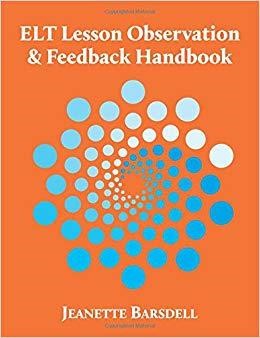
ELT Lesson Observation & Feedback Handbook. J. Barsdell. Prepare to Publish. (2018). ISBN: 9781983308000, pp 125. This book is aimed at those who carry out formal observation of ELT teachers at work and give them feedback; it could be observation by peers and colleagues, mentors, pre-service or in-service trainers, headmasters, external assessors or marketing observations. The book contains a lot of useful tips and questions to consider before the observation, advice and information on every stage of the process such as getting ready for observation, preparing observation, working with lesson plans, balanced observation of strong and weak points of the teacher or lesson, identifying areas for improvement or further development. The book presents oral and written forms of giving feedback. It takes the future observer step by step through the process, for example for formal observation the categories include reasons for observation e.g. in response to a complaint, length of observation, types of lessons to observe, informing students, presence in the classroom or observer’s interventions in the lesson. A lot of attention is paid to the lesson plan, the teacher’s possible resistance to writing a lesson plan, agreeing on a lesson plan format, whether the lesson plan should be subject to evaluation, decoding a lesson plan. Another area the book looks at is classroom management techniques which include giving instructions, setting up activities, using equipment, voice and presence. The photcopiable resources at the end of the book contain checklists for setting up lesson observation, assessing a lesson plan, assessing the lesson, sample lesson plan templates, lesson plan analysis sheet and many other. The book is very detailed and the observer will naturally select materials and areas which are of the greatest use to them.
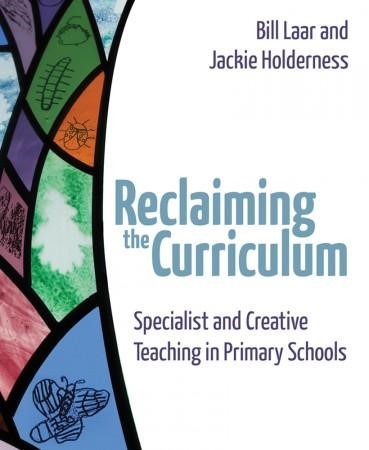
Reclaiming the Curriculum. Specialist and Creative Teaching in Primary Schools. B. Laar and J. Holderness. Crown House Publishing (2018). ISBN: 978-178583306-9, pp 292. This book is aimed at those teachers and educators who want to escape test-driven agenda of schools (and education in general), and want to go beyond this straightjacket. The book presents 18 case studies of primary teachers who have done that in their own ways. The case studies are very inspiring and they include for example learning with and through nature, learning outside the classroom, sharing stories and creativity, role-play and stories, or dance and music in the classroom. The examples come from state primary schools where English is the language of instruction and the teachers work with children who are native speakers of English. A teacher who teaches English in a primary school will certainly get inspired by these case studies, and will get ideas for creative lessons, implementing elements of CLIL and enriching their ELT repertoire. Some ideas might be hard to implement in a non native environment like doing a cathedral singing project with professional choristers. Overall it is inspiring how much language teachers could learn from teachers of other subjects working in the UK, but at the same time it becomes once again clear how different is teaching English as a foreign language at primary level.
Please check the Methodology & Language for Primary course at Pilgrims website.
Please check the Methodology & Language for Secondary course at Pilgrims website.
Please check the English Course for Teachers and School Staff at Pilgrims website.
Please check the Practical uses of Mobile Technology in the English Classroom course at Pilgrims website.
Please check the Teaching Advanced Students course at Pilgrims website.
Please check the English Language course at Pilgrims website.
Please check the Creative Methodology for the Classroom course at Pilgrims website.
Please check the How to be a Teacher Trainer course at Pilgrims website
Short Book Reviews
Hania Kryszewska, PolandWriting for a Targeted Audience
Dorothy Zemach, USATeacher>Author>Publisher>Teacher? From Ideas to Reality
Susan Holden, UKA Day in the Life of an ELT Editor
Lyn Strutt, UK